Tosh Berman's Blog, page 173
January 15, 2017
January 15, 2017 (Tosh's Diary)

January 15, 2017
Last night I had a dream that gave me a great idea. Before I went to sleep last night, I was listening to a recording by the Jack Quartet, who focuses on contemporary music. When I went to their website, I read that they are actually a non-profit organization. As I dreamed last night, I came to the conclusion that I started my own non-profit to back my work as a writer. When I woke up to pee at around 3:42 in the morning (I have a digital clock in the bedroom) I thought this was a fantastic idea.
The Trump statue project is depressing me because I can’t seem to get it started. But to start up a company that’s the main purpose is for people to invest, or a better word, donate money to my career as a writer is a brilliant one. The beauty of the donation is that since I’m non-profit, it can be a tax write-off for the donator. Therefore easier to get funds and budget together. One thing I have noticed throughout my life is the big difference between me and the other guy/gal down the street is that I have ideas. It doesn’t make me better than them, but just a tad smarter.
The key thing regarding my career is that I don’t work for another person. One thing I’m an expert on is me, and how “me” looks at the world. Clearly, there is a need for someone like me to give the ‘me’ perspective to readers and fans alike. The first order of business for the day is to put together a board of directors together. Every non-profit organization has a board, where the members are financially responsible for that organization. In theory, they are accountable to make sure the organization is funded adequately and that they keep notes to all official meetings. Which by law, I think the Board of Directors has to meet, at the very least, once a year. My first thought is to get my wife on the board, my mom, a few publishers I know who are devoted to my work, and maybe a lawyer or two. People are impressed if you have a lawyer on your board. It shows that you’re not messing around. And maybe one celebrity. Since the Trump Statue is not doing so hot (but it will be !). I’m thinking of getting a key member of the Donald Trump world into my organization on the board. My first thought is getting Stephen Bannon on my board. Logic thinks that he at least reads. He does own a website. This could be a plus for me.
I have one friend who is an outright Trump supporter, and he told me that he knows Bannon. I wonder if I can reach Bannon through my friend. If I get him to commit to the board and at the very least, go to one meeting per year, I think this is a win-win for me. We will see….
Published on January 15, 2017 08:18
January 14, 2017
January 14, 2017 (Tosh's Diary)
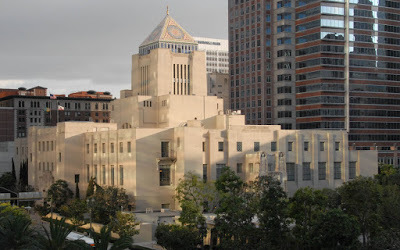
January 14, 2017
I haven’t written in my journal for this past week, due to a sense of depression. When this cloud enters my brain, my body turns itself off. I think what’s causing the mood is the failure of raising money to build the Trump statue at the Silver Lake Meadow. Not only have I failed in getting funding (so far), but also it seems that the city has, at this time, ignored my desire to place such a statue on their premise, which is the park.
I even attempted to approach foundations from Russia to seek out funding. Oddly enough, I couldn’t find any specific charities that are Trump supporters. I have read in the newspapers and online that there seems to be a bent towards the view that Trump would be good for Russia, but finding a particular organization is tough. And on top of that, I think I’m coming down with the common cold.
To fight the cold, I have been drinking honey with lemon and ginger none stop. It cuts through the mucus in my throat quite well, but I don’t think it’s going to help my singing career. Which is a non-starter because I don’t even have a career. In anything. It’s chilly outside, but I’ll go to the library on Fifth and Flower to investigate non-profit foundations that give money to the arts. The library is five miles away from my house. On a good day, I walk to the library, but since I'm not feeling so hot, I'll either take an LYFT ($8.75) or a bus ($1.75). Logic says the bus, but I don't think I can deal with people today. I tend to be the fellow that likes to sit by the aisle and spread my legs out. I never feel comfortable when someone comes on the bus and wants to sit by me. Even when the bus is full and the only seat available is the one next to mine. I rather he or she stand. First come first dibs on the seat!
Published on January 14, 2017 09:50
January 7, 2017
January 7, 2017 (Tosh's Diary)
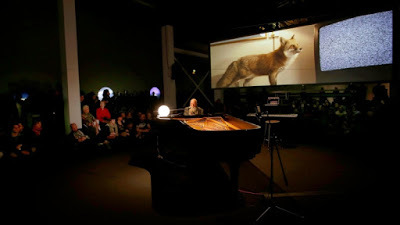
January 7, 2017
I went to the Geffen Contemporary in Little Tokyo yesterday to see Terry Riley play music to the installation by Doug Aitken. One enters a large room that's dark, except the lighting that comes from the oversized screens projecting images of wild animals in what looks like the standard sized motel rooms, one finds on American highways. My favorite was the beaver in a bathtub. As I watched the projection, I wondered how they brought these creatures in such an environment. Or better yet, were these motel rooms real. It looks like a movie set.
In between these over-sized screens was a huge grand piano, and a smaller electronic keyboard. I recently became a new member of MOCA, and once I came in, they offered me a ticket with a number. I was told that they would announce a number at the concert and one will win a terrific surprise. Just before Riley's performance started, a museum worker came to the piano and announced the lucky number. The lucky number was attached to my lucky ticket, and therefore, I won.
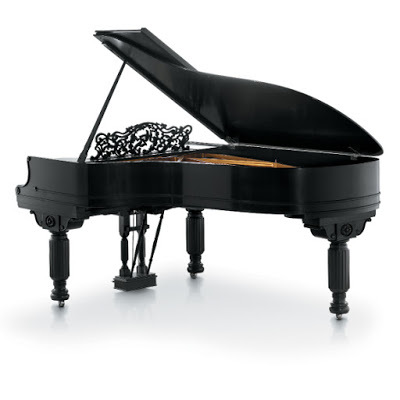
As they announced the number, they ask for the person who has this number to come up to the piano. I practically ran up to the location due to my excitement. I'm one of those people that never wins anything. I was told that I could have the grand spot of seeing and hearing the concert right underneath the piano. At first I thought they were joking, but apparently, the winner gets to crawl under the piano while Terry Riley performs.
I took my honorable place and laid myself down on the carpeted floor. Riley came quietly to the grand keyboard and started to play. For sure, the sound of the piano is much different when one is underneath the instrument. I also felt like the wild animal that is placed in the motel room. From my angle, I can see the screen, as well as the audience, who are looking at me in slight disbelief. To be honest, my legs were cramping up, but I feel that this was very much part of the performance, and therefore I made the decision there, that I will take to the pain, to a certain point.
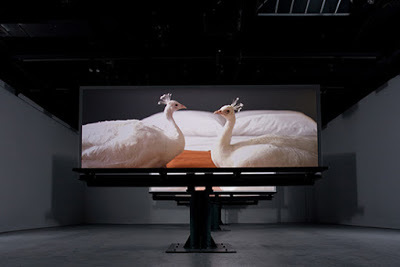
Riley's music, or at least this performance, was improvised. Occasionally he would go into an eastern sound or North African motif, especially when he started to sing. Besides my legs getting painful, it was a very enjoyable performance from the king of minimalism. After the performance, I crawled back to the bigger space of the room. I couldn't stand up right away, and I think the crowd there thought I was doing a performance of some sort - perhaps a Butoh dance piece. Still, the event was an enjoyable experience for me. What I learned was that I didn't care for Aitken's work that much, but I like Terry Riley's music.
Published on January 07, 2017 09:17
January 6, 2017
January 6, 2017 (Tosh's Diary)
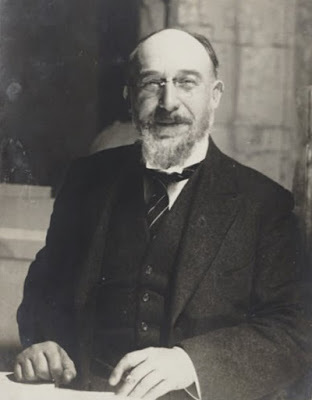
January 6, 2017
As I type, I'm listening to Erik Satie's "42 Vexations, as performed on piano by Stephane Ginsburgh. It's music that can last forever, and which brings to mind, the concept of endless anything. So far this year, I have felt nothing but emptiness. There are objects in my room right now that has more life than me. For instance, this cup of coffee expresses a life that once was happening. A verb in action, but now just a noun.
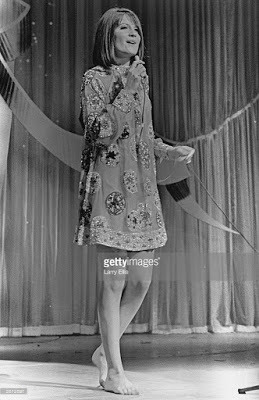
It's freezing in my writing spot here, and I have a portable electric heater to warm my toes and foot. I don't wear socks because I can't stand to have my feet covered. If I had my way, I would like to be Sandie Shaw, who was known for going bare-footed in concerts and TV appearances. It's interesting how one can have an image of something like that - and to able to carry it off for years. Does she even wear shoes? Still, if you warm the feet, it somehow makes the rest of the body warm. I'm sure it's a psychological trick of some sort, and due to my schooling, I don't fully understand the process.
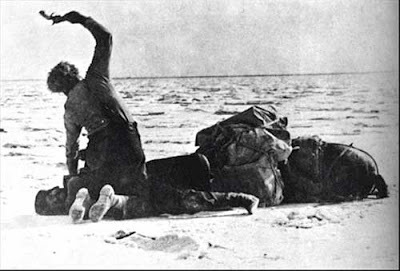
Right now, I'm processing the loss of my film print of "Greed," which is everything, and now gone, reminds me that I have nothing. My coffee is getting cold, so I'm going to put it close to the heater. I will get back to you later.

Published on January 06, 2017 08:03
January 5, 2017
David Bowie – Crystal Japan – Promo - 1980
I got this from Momus'Facebook page. A beautiful meditation on David Bowie and the commercial he did for Japanese TV sometime in 1980. I think, for a sake drink.
Published on January 05, 2017 16:14
January 4, 2017
January 4, 2017 (Tosh's Diary)
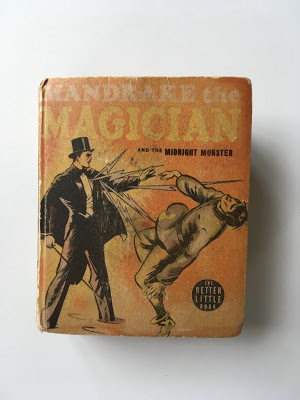
January 4, 2017
I haven’t been sleeping that well, I think due to the tension of trying to raise funds for the Trump statue. My purpose is to bring people together, but it seems that the road is way too large to bring both sides to the middle of the road. I will not give up. But the latest news on my front is that I can’t find the 8mm footage of “Greed” in my storage shack. I’m now worried that someone may have taken it, or perhaps I just misplaced the damn film. I have to imagine that it will show up. I have lost things before, thinking that history has it in its closet in some different time zone or dimension, but then one day I would walk into a room, and there it is all of sudden. Sort of the Borrowers system of little demons that lives in one’s house that takes away the other sock from the washer. It is often a frustrating experience, but once found, happiness comes back to Toshville.
Last night, feeling restless, I went to Counterpoint Books on Franklin just to window shop and look for ideas. I came upon a book behind the counter that caught my eye. It’s what they all a “Better Little Book.” From 1935 to 1939, the Better Little Book published narrations from comic strips of the time, with illustrations. It was very much a Depression era of book publishing at the time that attracted young readers. A lot of the Walt Disney characters, for instance, Mickey Mouse/Donald Duck were part of this phenomena. What I found at the store was a beat-up copy of “Mandrake the Magician and the Midnight Monster” by Lee Falk and Phil Davis. Falk did the daily comic strip of Mandrake as well The Phantom. Davis, I have to presume, wrote the narration to this book, and Falk supplied the story line as well as its illustrations. It’s a beautiful adventure of a professional magician who travels around with a Black African by the name of Lothar. How these two became friends or worked together is a total mystery to me. What they do is solve crime by fighting various criminals throughout the world. Mandrake had the ability to make others see visions of his choosing. Quite a talent!
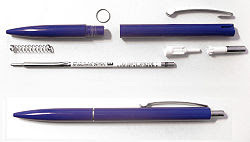
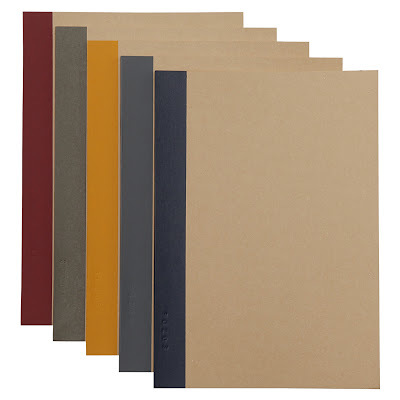
I then went home to work on my memoir called “Everything I Know,” which so far is about 150 long. At the moment I’m writing this memoir by hand. I use a ballpoint pen as well as a notebook from Muji, which specializes in designed objects of all sorts. I tend to work late at night. It is just usually an owl that sits on my window pane and me. Hoot Hoot.

Published on January 04, 2017 08:40
January 3, 2017
January 3, 2017 (Tosh's Diary)
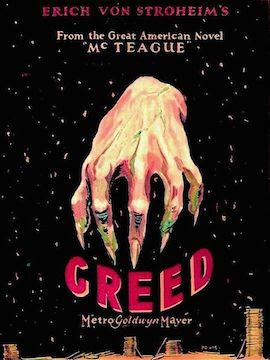
January 3, 2017
My favorite actress is ZaSu Pitts. I was fortunate enough to see the original version of “Greed,” made by Erich Von Stroheim. Or I should mention that I saw the entire 85 hours of footage. Of course, it took longer to watch the damn film, due to bathroom breaks, meals, sleep, and the need to get out and see the natural life. ZaSu’s (pronounced as “Say Zoo”) intensity in that film was a marvel, and I often think of her when I think of money. Somewhere in my house, I have the 8mm copy of “Greed.” It’s in one of the boxes that I have stored in our storage shack in our yard. "Greed" has been on my mind lately because I should share the footage with others. I have been told that this film footage is very rare, and only a few has seen the complete version of “Greed.”
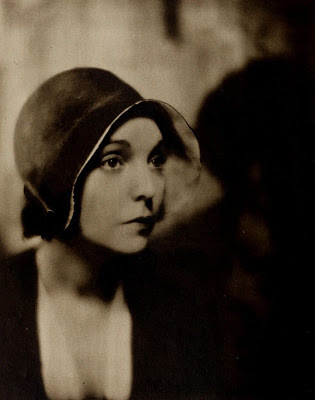
An idea came to mind. Why don’t I have a public screening of the 85 hours of “Greed,” as a fundraiser for the Trump statue? I called all the non-profit spaces in Los Angeles to see if they would sponsor my fundraiser, but oddly enough, they all turned me down. This is not a hinderance. I will arrange a showing of the film at my house. I will rent a big screen, and perhaps with the help of Sammy’s Camera, I can find an 8mm projector. I just hope that I can find all the original 8mm films because there must be a lot of them.
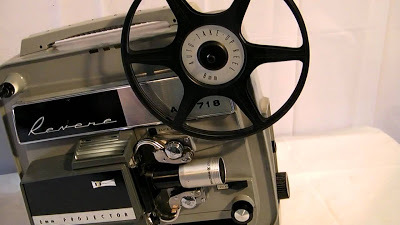
My understanding is that ZaSu was a life long Republican. Perhaps I can tie that in with the benefit. Since the theme of ‘Greed” is about wealth, and my understanding is that many Republicans are concerned with that subject matter. In today’s world, one has to take an idea and explore the entire area around it. A film is not just a film. It represents a culture. Therefore I need to give this showing a whole spectacle, for audiences to come. No spectacle, then no culture, which means no statue for Trump.
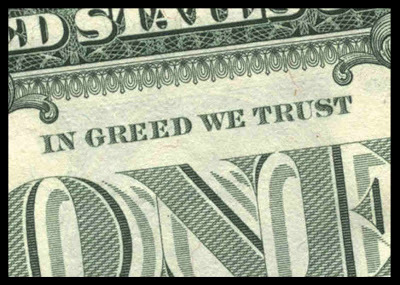
Published on January 03, 2017 08:58
January 2, 2017
January 2, 2017 (Tosh's Diary)
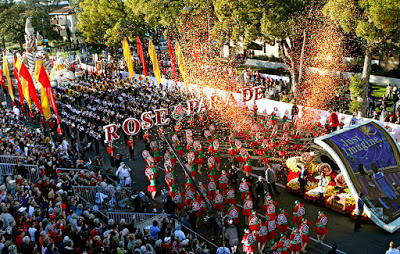
January 2, 2017 (Tosh’s Diary)
Today feels like I have already spent this day yesterday. For reasons that are not totally clear to me, whenever New Year’s Day falls on a Sunday, then the next day, which is Monday is New Year’s Day (observed). This makes perfect sense when it comes to offices or banks being closed on the following Sunday holiday, but must we have the Pasadena Rose Parade on the second of January? Millions of Americans wake up on January 1 to watch the rose parade on their TV sets. Yet, once they turn on the right station or website, they find nothing. One can’t imagine the severe disappointment of having their parade yanked out due that it’s on a Sunday. I have to imagine that it is some silly Christian religion thing that this happened. The thing is, by the time it’s the second of January I have very little interest in watching the parade. One watches the parade on the first of January! There are procedures, or rules in one’s life or culture, and they are followed with great passion. I feel the same way when people open their Christmas presents on Christmas Eve. There is a thing called Christmas morning, and that is the time when one comes to the Christmas tree to open presents - with the family all there and looking happy. I should write to President-elect Trump about all this. I gather that he may agree with me.
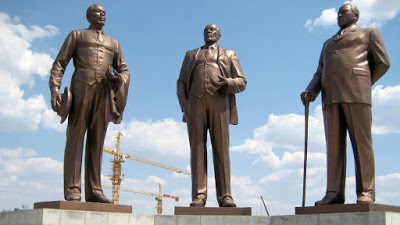
Speaking of the devil (or angel, now that I’m going to support him), the committee to raise funds for building his statue and placing it at the Silver Lake Meadows is starting, but with very slow or none results at this time of writing. I pretty much spent the entire New Year’s Day (on my own time of course) trying to convince people the importance of such a mission. And yesterday would have been perfect, because it’s the first day of the new year, and doing something positive would sure bring a long cool shadow over the year. Yet, oddly enough, people are still bitter over the stupid election. The Clinton fan - base is pretty much drunk since the election. So it’s hopeless to raise funds from that side of the fence. Meanwhile, my one and only friend who is a die-hard Trump supporter refuse to give me any funds to build a statue in Trump’s honor. I don’t want to generalize a whole movement out there, but I find Trump supporters are basically cheap. The mean part doesn’t bother me as much as their cheapness. They (will he, my only friend who is a Trump supporter) told me that since he’s a billionaire there is no need for us to raise funds for him. That to me is a silly argument. For instance, the people I know who are rich, does that mean I don’t buy them a present on their birthday or for Christmas - due that they can easily afford their own presents? Do you see where this is leading?

Yesterday I wrote to Peter Thiel, who is a billionaire and co-founder of Paypal. Which by the way is a brilliant name for such a company. A poet must have thought of that. Pay + Pal = happiness. Now that is a relationship I can support! Anyway, I sent him an email yesterday, asking if he was willing to support our committee (which to be honest is basically me at this point) to have a statue built for the honor of Trump. For sure, a man who is spending money on a man-made island to be placed in the French Polynesian lagoon would clearly be for this statue. Sadly, I waited for twelve hours, and at this time, I have not heard a word from him. Perhaps he’s on a holiday with his various boyfriends, but surely of all people, he must know that time is money. Or perhaps he supports the second of January as an observed holiday?

Good grief! Fear not, I will not give up on this dream. Today is only the second day of the new year, and I will be working on this project, at least until the middle-aged year of say June. After that, who knows.
Published on January 02, 2017 10:12
January 1, 2017
January 1, 2017 (Tosh's Diary)

January 1, 2017
My heart is not really a heart. It’s a drone looking for a subject. Today is the first day of the new year. I have a lot to look forward to. I have been thinking about our upcoming President, and as I was drinking at the wine bar in Gelson’s market (on Hyperion) late last night. I had thoughts that I was becoming too negative. Perhaps I should be more supportive of our soon-to-be President. I’m thinking of starting up a committee to raise funds to build a nice statue of our incoming President.
This, of course, will be a non-profit or no profit project, which must be a strange thing to do in the Trump world. But I think to honor him even before he enters the White House, or even say, his Trump Tower as the President would be a very nice gesture. The fact is I voted against him, and clearly, I lost, or we lost, and we just have to get up from the bar’s floor and make a new day.
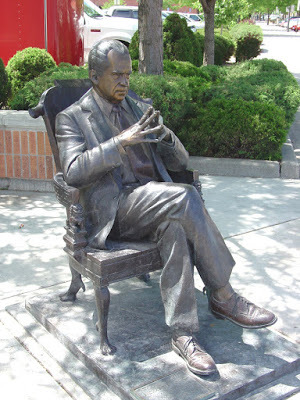
I thought of approaching the Trump foundation to see if they could grant us funds to build the statue, but alas, I think it’s best that the funding should come from citizens than say from the Government. I’m not clear if the Trump Foundation is now part of the Government or just a side-business type of thing - but alas, that is not really a concern of mine. I think what I need to do this morning is think of an artist who can do the job, and it is a job. It would be great to find an artist to donate his services and vision to make this statue, but I think that is asking way too much.
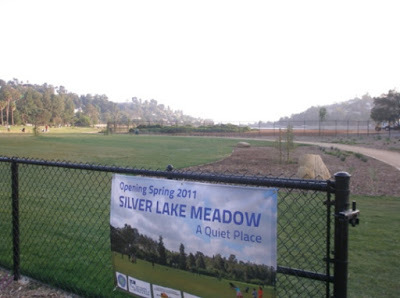
The location I’m thinking of at the moment is Silver Lake Meadow, where the reservoir is located. There is a large amount of grass area that would be the perfect spot to build or place the Trump statue. I can see in the future, where families can gather around the statue to have picnics and of course, enjoy the California sunshine. Also, I think it will be a great civic thing to do for Los Angeles. In Tokyo, there is the dog statue that is placed right outside the Shibuya station. It is a very well known meeting place, and right now, Los Angeles doesn’t have an official meeting place. I can see future generations or visitors to our city saying ‘oh let’s meet up at the Trump statue. It will be such an obvious place. I’m sure it will be known around the world. When it comes to Silver Lake I’m very civic-minded. Must make plans now!
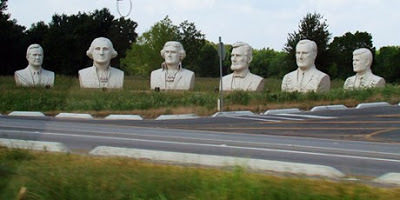
Published on January 01, 2017 10:25
December 31, 2016
"At The Existentialist Café: Freedom, Being, and Apricot Cocktails" by Sarah Bakewell
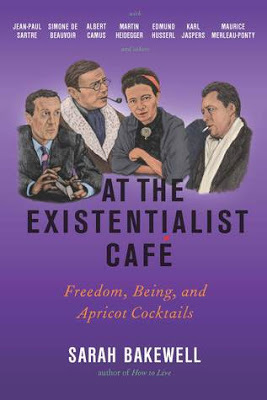 ISBN: 978-159051488-7 Other PressThe existentialist thought has been around forever. We didn't have a name for it, but clearly, the issue of the importance of a commitment is something one shouldn't take lightly. In a flash thought, when we (meaning us mortals on planet America) hear the word existentialism, we think of Jean-Paul Sartre. Clearly, he's the figurehead, but the roots of that thought go back to Nazi-loving Martin Heidegger, and of course, Søren Kierkegaard. In other words, it's an endless depth in a lake or pool in one's consciousness with respect to who, how, and why we came to the subject matter of existentialism.
ISBN: 978-159051488-7 Other PressThe existentialist thought has been around forever. We didn't have a name for it, but clearly, the issue of the importance of a commitment is something one shouldn't take lightly. In a flash thought, when we (meaning us mortals on planet America) hear the word existentialism, we think of Jean-Paul Sartre. Clearly, he's the figurehead, but the roots of that thought go back to Nazi-loving Martin Heidegger, and of course, Søren Kierkegaard. In other words, it's an endless depth in a lake or pool in one's consciousness with respect to who, how, and why we came to the subject matter of existentialism. 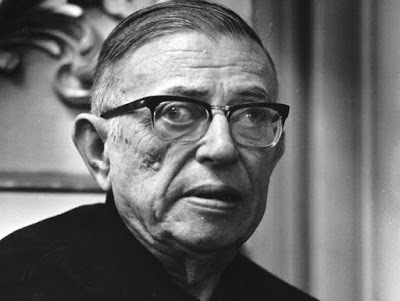
Sarah Bakewell's "At The Existentialist Café" is a very good in-depth read on the subject matter of Sartre and others such as Simone de Beauvoir, Martin Heidegger, Karl Jaspers, as well as Albert Camus, Boris Vian and the underrated Maurice Merleau-Ponty. On the latter, Bakewell seems to be the most pleased with as a personality (he liked dancing and the social nightlife) and his work as a philosopher.
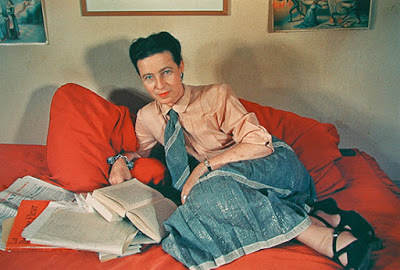
Bakewell knows her territory well, and this is an extremely well-researched book on not only the writings that came out by these super-smart individuals but also capturing the time and anxiety of the 20th century. A book for someone who knows nothing of the subject matter as well as one who's a fan of the Existentialist writer. She never dumbs down the information, yet this book is written for the masses who are curious about the culture around Sartre and friends. The arguments, the battles, and the friendship are all displayed on these pages. A very good book.
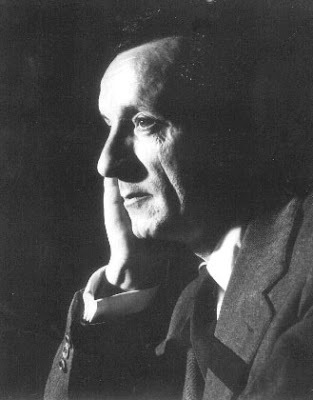
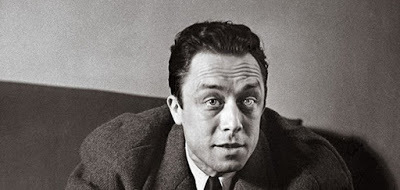
Published on December 31, 2016 14:09



